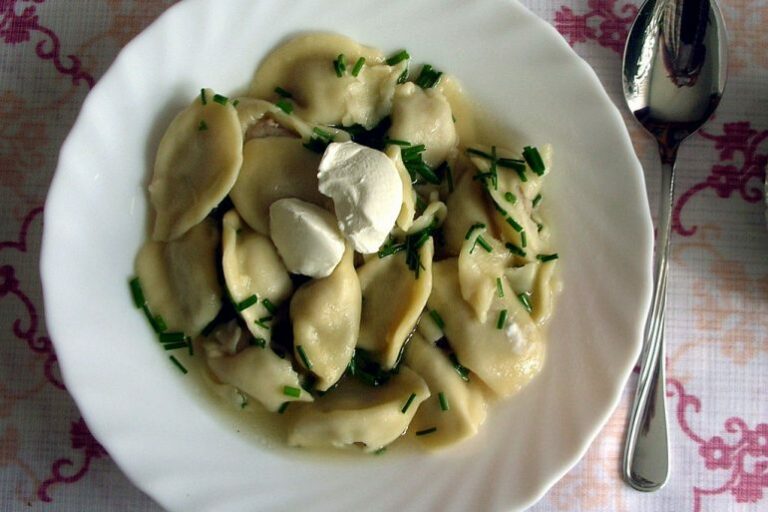Introduction: Exploring Latvian Cuisine
Latvian cuisine is a reflection of its history, geography, and culture. Positioned between the Baltic and Nordic regions, Latvian cuisine is a blend of influences from neighboring countries such as Russia, Germany, and Sweden. The country’s diverse landscape and climate have also played a significant role in shaping its culinary culture. Traditional Latvian dishes are hearty, simple, and often made from locally sourced ingredients. Today, Latvian cuisine is gaining recognition among food enthusiasts worldwide, with its traditional dishes and modern interpretations gaining popularity.
The Roots of Latvian Culinary Culture
Latvian cuisine has its roots in rural life and the agricultural traditions of the country. The country’s harsh climate and long winters meant that people needed to preserve food for the lean months, which led to the development of dishes such as smoked meats, pickled vegetables, and fermented foods. Fish from the Baltic Sea, lakes, and rivers are also an essential part of the Latvian diet. The country’s history of colonization and occupation has also influenced its culinary culture. The Soviet occupation, for example, introduced new ingredients and cooking techniques to Latvian cuisine.
The Role of Folk Traditions in Latvian Cuisine
Folk traditions and cultural practices have played a crucial role in shaping Latvian cuisine. Traditional Latvian dishes are often associated with specific festivals and events, such as the summer solstice (Jāņi) and Christmas (Ziemassvētki). These celebrations feature dishes such as pīrāgi (small savory pastries filled with bacon and onions), grey peas with bacon, and sauerkraut. The use of wild herbs and berries in Latvian cuisine is also a reflection of the country’s close connection to nature.
Latvian Food and Its Cultural Significance
Food holds a significant cultural significance in Latvian society, and sharing a meal is a way of building and maintaining social connections. Traditional Latvian dishes are often prepared and enjoyed in a communal setting, such as family gatherings and festivals. The country’s culinary heritage is also celebrated through events such as food festivals and markets, where visitors can sample traditional dishes and local produce.
Traditional Latvian Dishes with Folk Influences
Some traditional Latvian dishes that showcase folk influences include skābeņu zupa (sour cream soup with potatoes, onions, and carrots), which is a common dish served during the summer solstice festival. Another popular dish is rasols (a potato salad with pickled cucumbers and herring), which is often served during Christmas and other celebrations.
Modern Interpretations of Latvian Cuisine
In recent years, Latvian cuisine has undergone a renaissance, with chefs and restaurants exploring traditional dishes and ingredients in new and innovative ways. Modern interpretations of Latvian cuisine can be seen in dishes such as beetroot carpaccio with goat cheese and hazelnuts, and elk steak with cranberry and juniper sauce. These dishes showcase the versatility of traditional Latvian ingredients while also incorporating modern cooking techniques and presentation.

